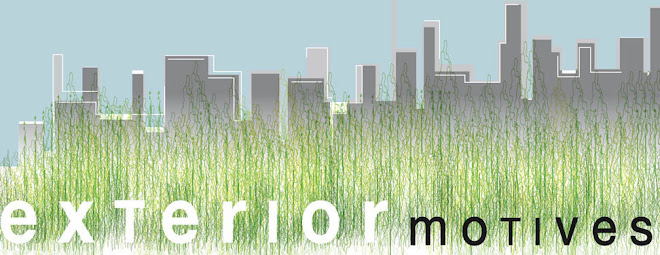 Eaton Park is small neglected park next to the Florida East Coast Rail road tracks, behind a county library and a private daycare. It's location as a pilot for a community designed park and public art project is ideal. Eaton Park is in close proximity to several schools (elementary, middle and high schools), Little Haiti's main street, and other community contributors such as Catholic Charities. Eaton Park is also in close proximity to several forgotten historical treasures such as the Magic City's Trailor Park housing about 20 one-room, shotgun houses on the property, and the Lemon City Post Office circa 1902. Little Haiti's cultural presence mixed with Miami's Lemon City History congealed into socio-economically and culturally vibrant community that has enriched Miami's multiethnic character.
Eaton Park is small neglected park next to the Florida East Coast Rail road tracks, behind a county library and a private daycare. It's location as a pilot for a community designed park and public art project is ideal. Eaton Park is in close proximity to several schools (elementary, middle and high schools), Little Haiti's main street, and other community contributors such as Catholic Charities. Eaton Park is also in close proximity to several forgotten historical treasures such as the Magic City's Trailor Park housing about 20 one-room, shotgun houses on the property, and the Lemon City Post Office circa 1902. Little Haiti's cultural presence mixed with Miami's Lemon City History congealed into socio-economically and culturally vibrant community that has enriched Miami's multiethnic character.
Tuesday, April 28, 2009
summary
 Eaton Park is small neglected park next to the Florida East Coast Rail road tracks, behind a county library and a private daycare. It's location as a pilot for a community designed park and public art project is ideal. Eaton Park is in close proximity to several schools (elementary, middle and high schools), Little Haiti's main street, and other community contributors such as Catholic Charities. Eaton Park is also in close proximity to several forgotten historical treasures such as the Magic City's Trailor Park housing about 20 one-room, shotgun houses on the property, and the Lemon City Post Office circa 1902. Little Haiti's cultural presence mixed with Miami's Lemon City History congealed into socio-economically and culturally vibrant community that has enriched Miami's multiethnic character.
Eaton Park is small neglected park next to the Florida East Coast Rail road tracks, behind a county library and a private daycare. It's location as a pilot for a community designed park and public art project is ideal. Eaton Park is in close proximity to several schools (elementary, middle and high schools), Little Haiti's main street, and other community contributors such as Catholic Charities. Eaton Park is also in close proximity to several forgotten historical treasures such as the Magic City's Trailor Park housing about 20 one-room, shotgun houses on the property, and the Lemon City Post Office circa 1902. Little Haiti's cultural presence mixed with Miami's Lemon City History congealed into socio-economically and culturally vibrant community that has enriched Miami's multiethnic character.
 Murals are not only public works of art but they can serve as a visual narratives. One of the distinguishing characteristics is the colorful and distinctive Caribbean signage along the business corridors. Murals in Little Haiti used as commercial signage not only act as descriptors of the store front but additionally recount culturally significant values. This Caribbean form of expression among business owners has also been adopted by non Haitian business owners in the community. Churchill's, Sweat Records, Ace Props, and various artist studios in the area also advertise their vocation through this murals as signage technique. In a public space a mural can create a visual and physical node. Developing a public mural or art in public space project in Little Haiti can serve as visual account of the community's history, present, and future.
Murals are not only public works of art but they can serve as a visual narratives. One of the distinguishing characteristics is the colorful and distinctive Caribbean signage along the business corridors. Murals in Little Haiti used as commercial signage not only act as descriptors of the store front but additionally recount culturally significant values. This Caribbean form of expression among business owners has also been adopted by non Haitian business owners in the community. Churchill's, Sweat Records, Ace Props, and various artist studios in the area also advertise their vocation through this murals as signage technique. In a public space a mural can create a visual and physical node. Developing a public mural or art in public space project in Little Haiti can serve as visual account of the community's history, present, and future.

If a mural program such as the ones in Philadelphia and Los Angles could be developed in Little Haiti, walking and driving tours could be initiated. Walking - Driving tours can stimulate interest in this vibrant cultural enclave, show casing it's many flavors, multicolored art work, compass music, creole cooking and caribbean goods. These tours could also lead to further development of the main street ( on NW 2 Ave) south bound connecting and expanding to the design district and the commerical hotspots developing on Biscayne Blvd.
Wednesday, April 8, 2009
Subscribe to:
Posts (Atom)



